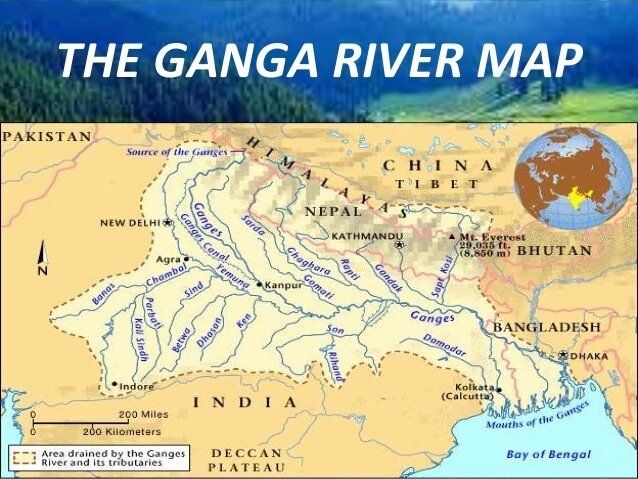Biodiversity & Environment
Ganga Rejuvenation Monitoring
- 18 Aug 2020
- 4 min read
Why in News
Recently, the National Green Tribunal (NGT) has observed that the pollutants are still being discharged into the river Ganga, despite several directions of various courts.
- The states of Uttar Pradesh, Uttarakhand, Bihar and West Bengal have failed in preventing discharge of untreated effluents in violation of provisions of the Water (Prevention and Control of Pollution) Act, 1974.
Key Points
- Constitutional Right: Pollution-free environment is the constitutional right of every citizen and constitutional obligation of States. However, the states of Uttar Pradesh, Uttarakhand, Bihar and West Bengal are certainly failing in providing pollution free Ganga.
- Monitoring: The NGT has directed the above states to periodically monitor the rejuvenation of the Ganga.
- Joint Meetings: It has also called for periodic joint meetings of the above states to consider vital issues like pooling of human resources and sharing best practices for rejuvenation of Ganga.
- The meetings shall be focussed on preventing discharge of sewage and other pollutants in Ganga directly or through its tributaries or drains connected thereto.
Initiatives Taken to Clean Ganga
- Ganga Action Plan: It was the first River Action Plan that was taken up by the Ministry of Environment, Forest and Climate Change in 1985, to improve the water quality by the interception, diversion, and treatment of domestic sewage.
- The National River Conservation Plan is an extension to the Ganga Action Plan. It aims at cleaning the Ganga river under Ganga Action Plan phase-2.
- National River Ganga Basin Authority (NRGBA): It was formed by the Government of India in the year 2009 under Section-3 of the Environment Protection Act, 1986.
- It declared the Ganga as the ‘National River’ of India.
- Namami Gange Programme: It is an Integrated Conservation Mission, approved as a ‘Flagship Programme’ by the Union Government in June 2014 to accomplish the twin objectives of effective abatement of pollution and conservation and rejuvenation of National River Ganga.
- It is being operated under the Ministry of Jal Shakti.
- Clean Ganga Fund: In 2014, it was formed for cleaning up of the Ganga, setting up of waste treatment plants, and conservation of biotic diversity of the river.
- Bhuvan-Ganga Web App: It ensures involvement of the public in monitoring of pollution entering into the river Ganga.
- Ban on Waste Disposal: In 2017, the NGT banned the disposal of any waste in the Ganga.
Way Forward
- In order to successfully rejuvenate Ganga, there is a need for a strategic blueprint that includes the strict monitoring of pollution and strict implementation of present laws and courts guidelines related to pollution.
- There is also a need for rigorous planning action at the highest level monitoring for meaning enforcement of the rule of law for protection of environment and public health and also rejuvenation of Ganga river.





